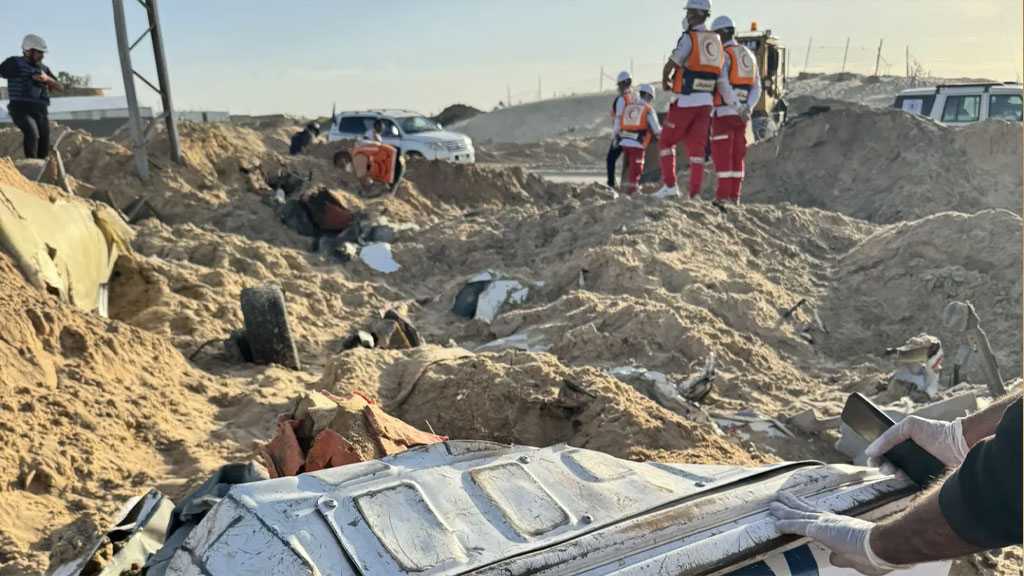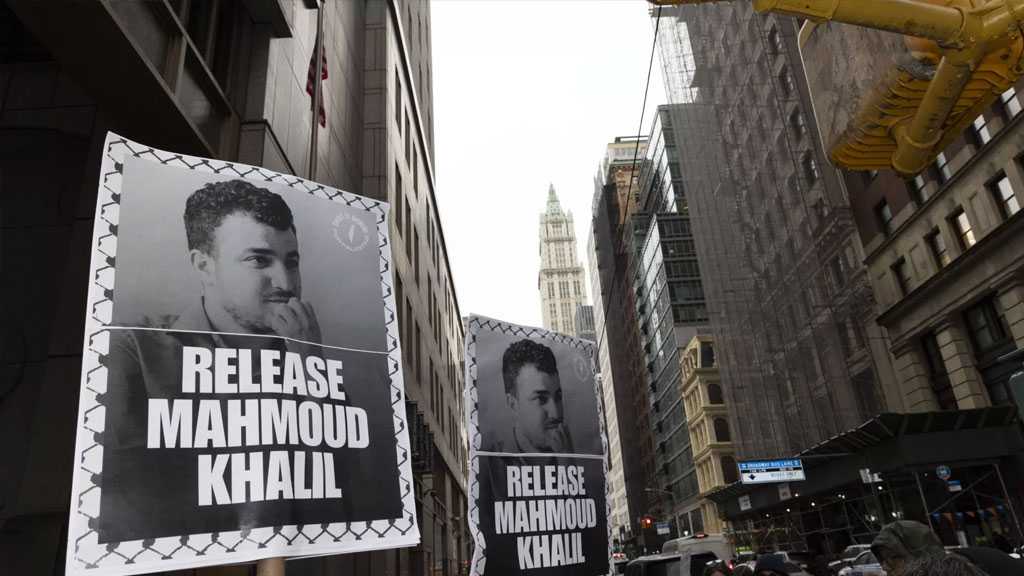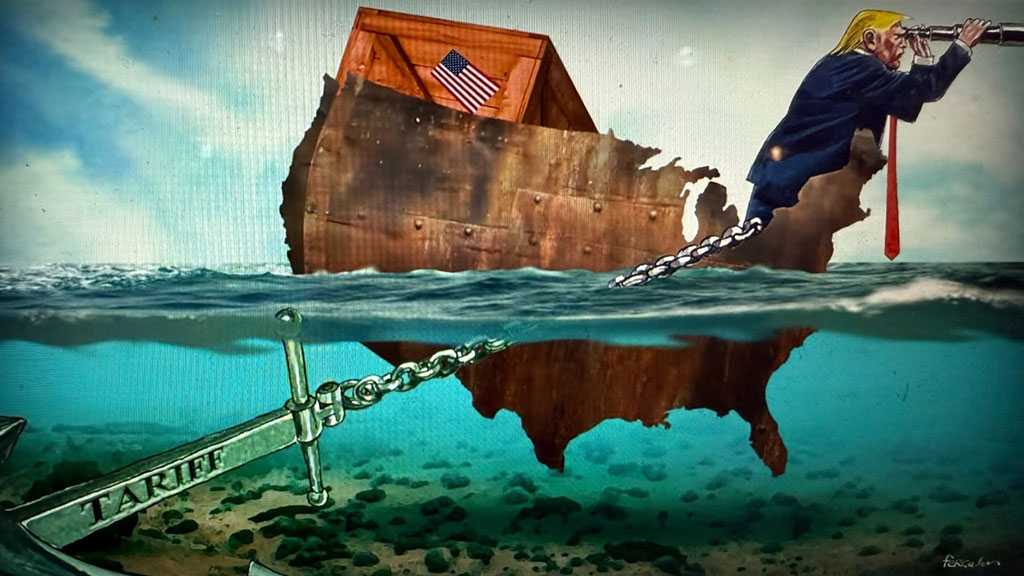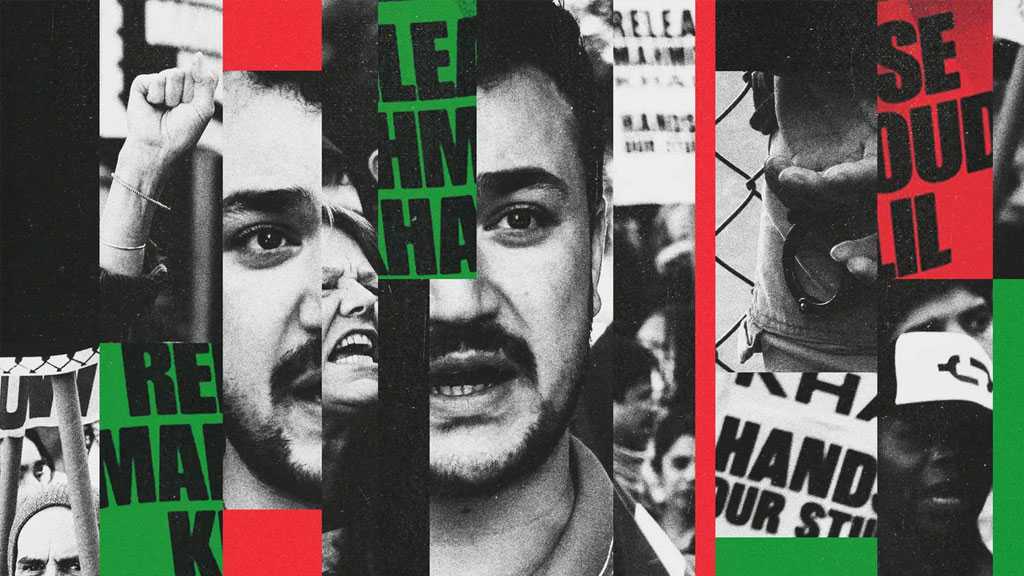
A Thirsty Generation
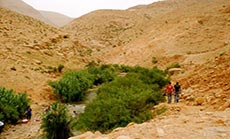
VIVIEN SANSOUR
IMEU, Mar 21, 2014
One of the declared objectives of the United Nations' World Water Day is to address water inequity in the world. Palestinians feel the sting of this injustice on a daily basis.
In major cities, families suffer from shortages of drinking water while those in rural areas have lost their ability to maintain their farmlands because their water sources have been taken over by the "Israeli" water company, Mekorot, which provides unlimited water access to "Jewish" settlers while limiting Palestinian access to water resources in their own land.
Ahmad and his wife Latifa may not be involved in global activities and celebrations surrounding World Water Day but this couple knows all too well what unequal distribution of resources means first hand.
They live with the daily reminder that less than twenty years ago, they were sustainable farmers and their lush farmland fed their extended family and dozens of other households around the West Bank. "We never had to buy any vegetables from the market, not in winter nor in summer. We had complete food security. We had eggplants, zucchini, and tomatoes in the summer and in the winter, we had beans and other legumes. We only bought extra things like fruits because we didn't have many fruit trees. Even those who were not farmers would come to our land and pick vegetables for their homes for free. We had food in abundance and we shared it because we believe that he who feeds will always have sustenance," Latifa tells me, standing at the edge of what used to be a large irrigation pool for her and her husband's farm.
Latifa says that growing bananas was one of their main sources of income, but after water stopped flowing in their village, they lost that source. "This was the main crop that kept us afloat financially because we were able to sell it all year round. We used this pool to collect the water that runs down from the spring to irrigate. It costs so much money to dig this pool, and maintain it-- not to mention all the hard work." Tears running down her cheeks, Latifa continues, "Today is the first day I came here in many years. It breaks my heart to come here and see this land that was once our paradise turned into a yellow dry desert. What can one say? I have nothing else to say. You can look and see and the land speaks for itself. It's thirsty and dry."
Echoing his wife's account, Ahmad turns his eyes away while describing how after water was taken away from Auja, he had to find work in a nearby Jewish settlement. "I became a worker for an "Israeli" settler from Argentina. He did not know much about farming. All my expertise as a farmer was put to use in his farm. And I went from being a free man to being a worker satisfying the demands of my master. It was very painful to watch water running all day long in his farm while my farm, which is only a couple of miles away, was drying out."
Historically an agricultural community, the people of Auja depended on three main sources of water: the Jordan River, private artesian wells, and the Auja spring. Starting in the 1970s, just a few years after the "Israeli" occupation of the West Bank began, Jewish settlers started expanding into the Jordan Valley. After 1967, "Israel" considered the Jordan River a border area and prevented Palestinians from accessing it. Furthermore, "Israel" built a dam in the Sea of Galilee area stopping the flow of water southward where Palestinians live, while derailing the course of the river towards al-Naqab Desert to irrigate "Israeli" agribusiness plantations. This project, called the "Israel" National Water Carrier, proved detrimental to the indigenous communities of the Jordan Valley. Suddenly, one of their main water sources diminished, contributing to the desertification of the valley while shrinking the size of the Dead Sea. Both are ecological tragedies that few people are addressing directly.
In a conversation with Mohanad, a native of Auja and environmental advocate, he said, "Today, the Jordan River is mostly sewage water from settlements. Millions of dollars are being spent in projects to 'rehabilitate the Jordan River' when in reality the solution is very simple and inexpensive." With a sarcastic laugh, he says, "Give someone 250 shekels and the problem will be solved. All you need is to rent a bulldozer and tear down the dam and fresh water will flow in the river again."
Altering the flow of the Jordan River is not the only thing the government of "Israel" has done to control Palestinians' access to their own water resources. Since the occupation started in 1967, the digging of wells has been severely restricted. Palestinians are not allowed to dig water wells without permits from "Israel". These permits are hardly ever granted, not to mention that pumping water from the already existing and permitted wells for Palestinians is limited to shallow water which makes access to deep fresh underground water impossible.
As for the Auja spring, which lies in the heart of Palestinian land, Mekorot has installed several pumps that control water access and flow from the spring to provide water to some 10,000 settlers in the Jordan Valley. Today the people of Auja are being forced to buy their own water from the Israeli company at high costs.
According to many expert reports, settlers in the Jordan Valley who operate massive agribusiness plantations using intense irrigation, use 40 million cubic meters of water per year, about half of what Palestinians have access to from all wells and springs combined. In fact, one settler in the Jordan Valley area has more agricultural output than all Auja farmers combined. Standing at any hilltop in the area, one would be hard pressed to dispute this fact with massive areas of symmetric green vegetation alongside Palestinian farms that have been turned into deserts.
Fadi Jueejat from Friends of the Earth Middle East, explains that the Auja Spring, which is one the most important sources of water for Palestinians, provides between 1200-2000 cubic meters of water per year, making it the largest spring in all of the West Bank. "Since 1992, settlement construction increased and [settler] agribusiness farms expanded which increased consumption in a huge way," he says. According to the estimates, "A settler in the West Bank consumes 4 times more water than one Palestinian individual does per day.†This extreme disparity has been documented and condemned by human rights advocates around the world. In fact, as a result of a local campaign in Argentina, a $170 million water treatment plant deal with Mekorot was recently suspended. Despite growing international pressure, "Israel" continues its violations and Palestinians have yet to quench their thirst for both water and justice.
While the situation in Auja is an example of water inequity in the West Bank, it is just one component of the system of restrictions that are destroying the Palestinian farmer and thus the community he/she helps sustain, subsequently eliminating the presence of a sustainable Palestinian population in the area. Latifa and Ahmad, who once hoped to pass down to their children sustainable methods of food production in order to secure their future, are no longer optimistic.
Holding a picture of his sister in their once lush farm twenty years ago, Ahmad's oldest son, Anas, grabs the photograph and looks at it with bewilderment, his eyes clearly confused as to how this green farmland could have possibly existed in the very same thirsty fields he plays in today.
